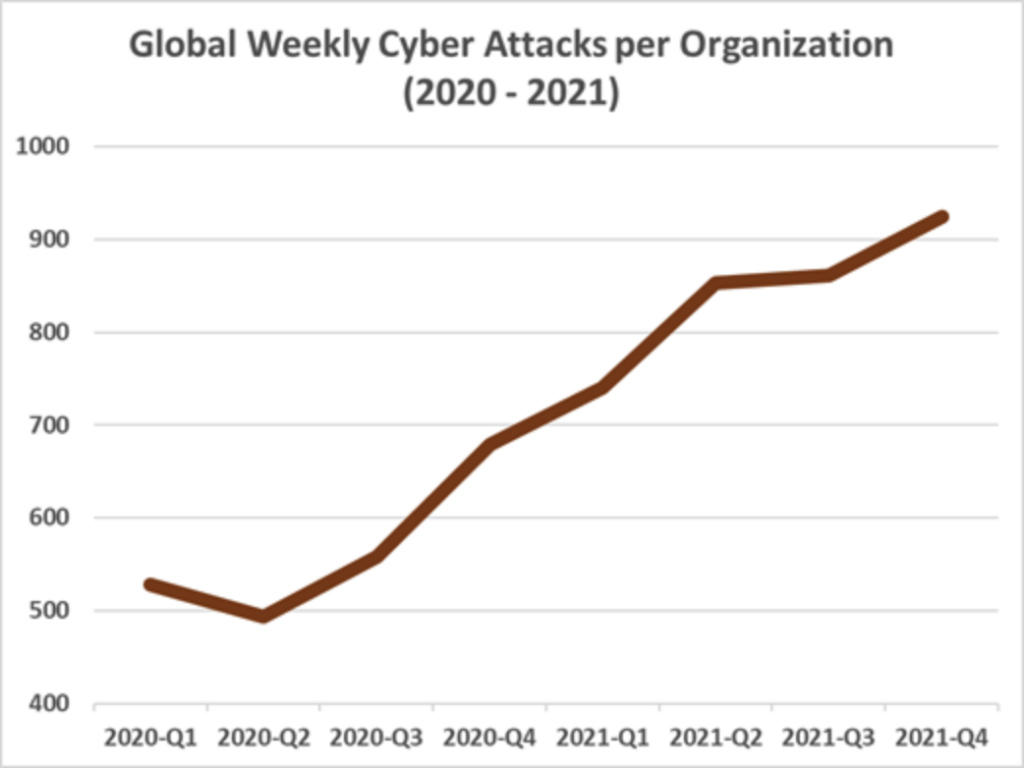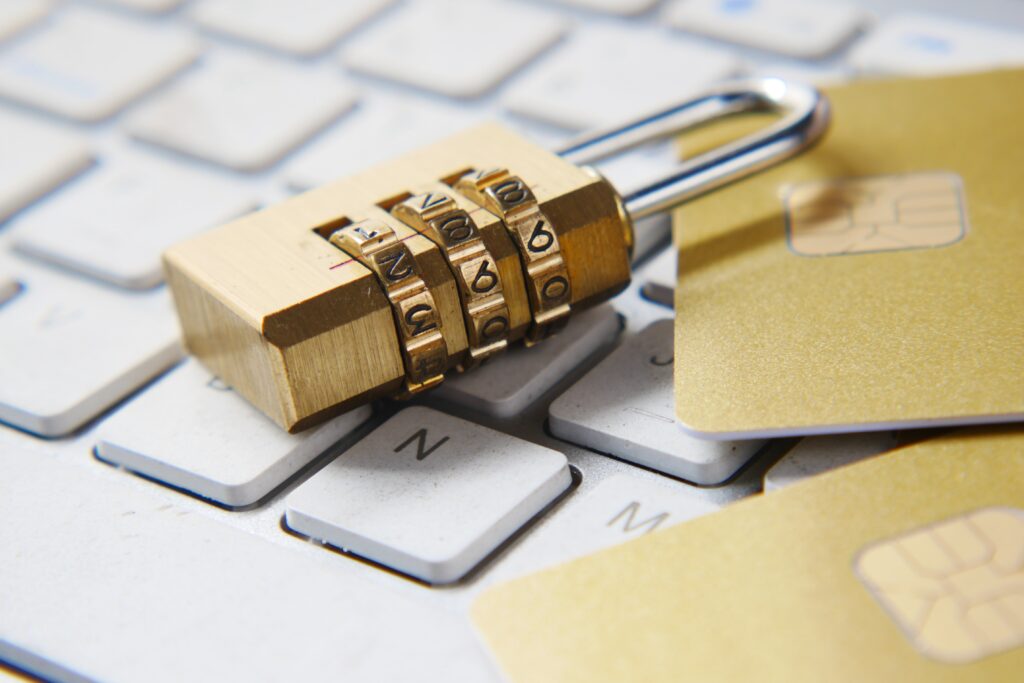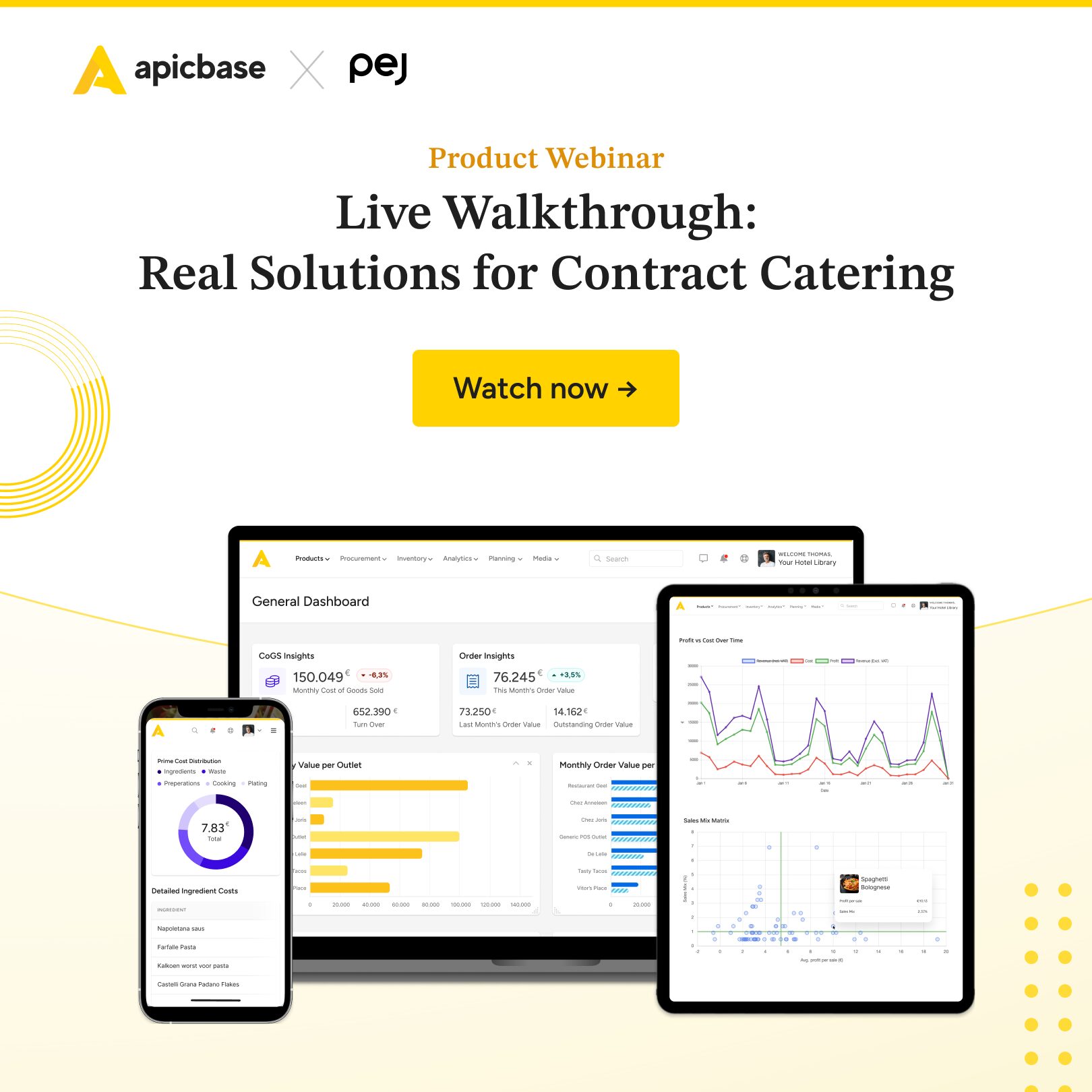It’s no secret that the restaurant industry is always looking for new ways to wow its customers. Often this has meant creating new and exciting dishes and introducing diners to new flavors. Other times innovation has centered around customer service. But as the world has evolved. There is an increasing focus on digital opportunities. Many restaurants wonder, ‘how can technology help us to provide better experiences?’.
Tech could be as simple as introducing virtual business phone systems for more flexibility. Or it could mean processing bookings, orders, and payments online.
Much of this will involve collecting customer data. For hackers, this is a trove of information that can be sold for profit. The more data that you handle, the bigger the risk. But what could be the consequence of data being lost or stolen?
- Your restaurant will need to go through a forensic audit
- You may be charged with class action suits by affected customers
- You will lose revenue due to penalties of a cyberattack
- Your customer’s payment information will be compromised
- Your restaurant’s reputation will be questioned
What Is a Cyber Attack?
It’s clear that you need to get on top of these threats but what is a cyber attack? Quite simply, this refers to hackers’ attempts to compromise or steal data from your systems and networks.
Many businesses are learning the hard way. 66% of small to medium-sized businesses have been victims of a cyberattack in the past 12 months. If your restaurant wants to avoid a similar fate it will need to boost its cybersecurity – but where should you start?
The steps below will set you on the right path. You can spend less time focusing on cyber worries and more time keeping your diners happy.
1. Minimize the Security Threats to Your Network
You might be wondering ‘why do so many small businesses get targeted by hackers?’. The answer is simple, but also easily avoidable. Too many businesses spend their time focusing on exciting technology that will advance sales, such as product quoting software, and fail to keep their existing networks up to date.
Think about all the different ways that your restaurant collects data. For example, you’re probably using payroll technology containing employees’ personal information. You’re probably also using a mailing list to keep in touch with diners. Also, you may be using restaurant data analytics. These are just some examples of data that cybercriminals can exploit.
We’ll cover risk assessment later but a great way to start is ensuring your tech and its security patches are up to date. If not, you’re essentially giving hackers an open door. For example, a high number of businesses still use outdated and unsupported operating systems. This makes a much easier target for cybercriminals. Analyze the threats to your network. Look at all the devices and tools that are connected. Are they up to date?
You might not want to splash out on new tech, but the alternative is much worse.
2. Choose the Best Tech
Technology can do wonders for your restaurant – at the click of a button, you can let customers know about limited time offers. But you might be wondering, ‘what tech should I use?’ While many tools are available, you won’t want to miss any of the features listed below.
Get End-to-End Encryption
End-to-end encryption is standard for modern technology that involves transmitting data. But some older tech won’t include this feature. There’s no doubt, however, that this is something that you’ll want to have in your restaurant. Hackers can easily intercept unencrypted traffic (this could include payment information, emails, and more).
Use Robust Firewalls
Hackers are constantly trying to find new ways to access systems. Your firewall is your line of defense between you and imposters. But if this line of defense isn’t robust enough, you could pay the consequences. Make sure you invest in an up-to-date firewall.
Store Data in the Cloud
When it comes to data storage, you can’t cut any corners. After all, data leaks can have consequences for your restaurant. If diners feel their information is unsafe, they won’t come to you. If you want your restaurant sales forecasts to remain high, you need to keep data as secure as possible.
With the right cloud-based solution, your security features are constantly updated. This means that you can worry less about managing security yourself.
3. Research Third Party Vendors
Many restaurants are now partnering with third-party vendors. For example, in recent years, the popularity of food delivery has soared. Between 2022 and 2029, the market will grow more than twice its size (reaching heights of 320 billion). But just because they are helpful, doesn’t mean third-party vendors don’t need to be vetted.
You might have the best security systems, but that doesn’t mean the vendor has taken the same precautions. Vendors will be accessing your data; they’ll need systems in place to ensure it remains safe. If a breach does occur, there can be major consequences. It is especially the case if the vendor handles sensitive information. Remember, you will be the one held accountable.
Don’t rush into choosing a vendor. Research is vital – it’s almost always better to go with a trusted option than an unknown vendor.
4. Keep an Eye Out for Phishing
Phishing is when a hacker sends a scam email with the aim of gathering data from the recipient. Ensuring your workers can spot phishing is a critical part of digital workplace management.
Despite increasing public awareness, phishing is still a real problem. The practice is attributed to 36% of organization breaches. But what can you do to prevent it? Education is the best place to start. Teach your employees to keep an eye out for phishing emails, and ensure they know the tell-tale signs of a scam.
It’s also important to remember that this form of attack doesn’t just come via email. Phone attacks (smishing) are also becoming increasingly popular. Call screening will help you to avoid this problem. You might be asking, ‘what is call screening?’. In a nutshell, it allows you to see who’s calling and block unwanted callers.
5. Reduce Your People’s Risks and Make Background Checks Mandatory.
People know to be on the lookout for external security risks. Fewer people think to look internally. This is unfortunate, as many security risks come from within organizations.
Staff is key to every business in the restaurant industry. You might be thinking, ‘all my staff are trustworthy’. This might be the case, but how well do you know your staff? For a start, background checks should be mandatory.
A rigorous employment scheme can help. A key part of this is running a thorough background check on all applicants. If a candidate has a clear history, you can be more confident that you’re employing the right person.
Hold an employee cyber security training session.
But what about their skills and awareness? Use training to keep cybersecurity at the forefront. Hold regular updates for staff, such as hosting an employee cyber security training session. You could also assign a Cyber Security Champion.
6. Get a Risk Assessment
It’s better to know risks before they become reality. Not everything in your network will be completely secure. It’s better to locate these issues early so you can do something about them. You’ve almost certainly run a risk assessment for your kitchen. Your cybersecurity should be no different.
As well as shoring up your defenses, a risk assessment is an opportunity to plan. What will you do if your data is leaked? Do you have a system for informing your customers? With a clear plan in place, you can mitigate the worst effects of a cyberattack.
7. Get Cybersecurity Insurance
As a restaurant, you’ve probably already spent lots of money on insurance. But just as important as ensuring your premises against fire or other disasters, you must be covered against cyberattacks.
If you’re unsure, think of the alternative. For example, if customer information is leaked, you could find yourself on the receiving end of crippling fines. You might also lose considerable amounts of customer data. Insurance can help you to reconstruct lost information, as well as cover any legal fees.
In the end, it’s better to be safe than sorry.
Why Should You Make Cybersecurity a Priority for Your Restaurant?
To keep up to date in the modern restaurant business, we need to use data and technology, ranging from small business phone systems to online booking systems. But this comes with a risk. Losing sensitive customer data could have catastrophic consequences for your business.
There is no decision to be made. Serious cyber security and great tech, ranging from restaurant management software to business phone systems from VoIP call center providers, need to go hand in hand.
Start Boosting Your Cyber Security Today
The threat from cybercriminals isn’t going to go away. A modern restaurant that wants to adapt to the times and use data to offer more personalized services, also needs the correct cybersecurity. If you learn one thing from this article, it’s that the best protection comes from a combination of great, up-to-date tech and the right people who can spot current threats.
If you take the right steps now, you’ll avoid feeling sore in the future. So, step into the world of tomorrow with all the opportunities that a tech-powered restaurant offers. Just remember, cybersecurity is vital.







